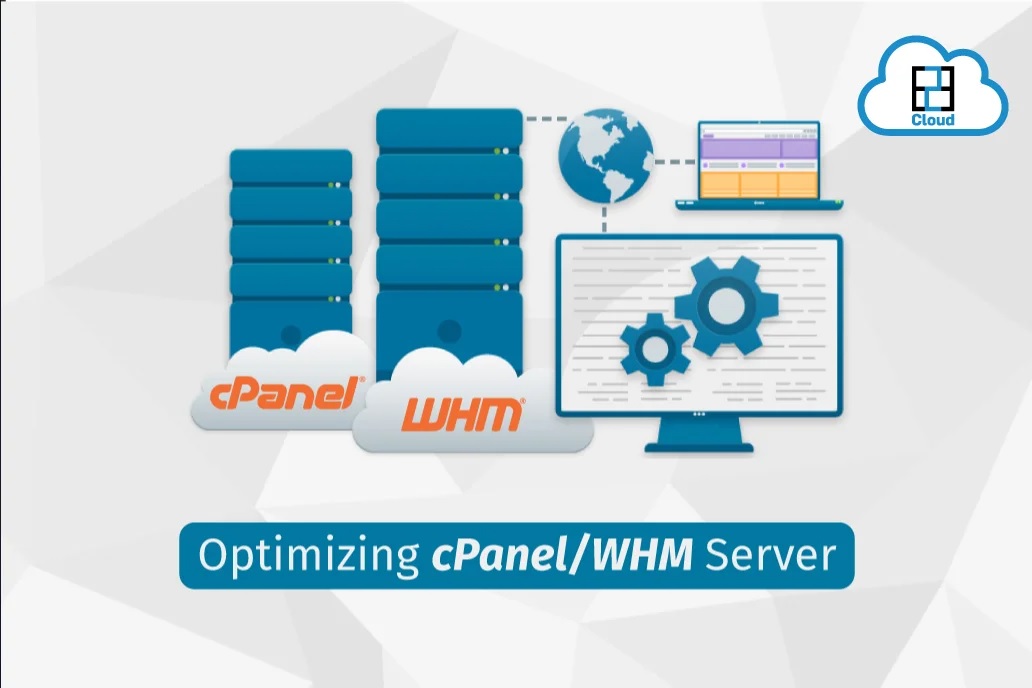The key information you require to complete the first WHM setup and begin working with your server will be provided in this guide.
- Fill out the cPanel / WHM License Agreement
- Configure Networking
- IP Address
- Nameservers
- Services
- Quotas
Stage 1: Fill out the cPanel / WHM License Agreement:
Before selecting the “I agree/Go To Step 2” button, thoroughly review the license agreement provided by cPanel.
Stage 2: Configure Networking:
You can specify how you wish to be notified about server upgrades in the ‘Contact Information box. Enable at least one of the section’s specified communication method options. In the “Hostname” section, you can enter the proper hostname for your dedicated or VPS server. such as server.localhost.com.
The hostname must be in the following format for cPanel: name.domain.tld.
You can define which DNS resolvers the server should use for incoming DNS requests in the “Resolvers” section. The usage of the same address by the primary and secondary resolvers is advised. As the third resolver, you can select any free public DNS service provider of your choice. For instance, you can specify the Google Public DNS server’s IP address.
The default device listed in the “Main Network/Ethernet Device” section should be used.
Stage 3: IP Address:
By choosing “Skip This Step and Use Default Settings,” you can move on to the following step.
Stage 4: Nameservers:
In this area, you must specify the nameserver application that will be utilized on your server. When determining which nameserver application would fit your needs the best, you can consult the recommendations in cPanel.
For most people, the ‘BIND’ default setting is sufficient. So, if you’re not sure which option to pick, pick BIND.
In the “Nameservers specification” section, enter the private nameservers that you intend to use. The IP addresses for your private nameservers from the welcome email should be provided as the last step. Although both nameservers can share an IP address, it is best to utilize distinct IP addresses if at all possible.
The nameservers must also be registered with the same IP addresses at your existing registrar in order for them to function.
Enter the primary IP address of your server in the “Add A Entries for Nameservers & Hostname” section before saving the modifications.
Wait for WHM to set up our nameservers; once it has, WHM will direct you to the following step.
Stage 5: Services:
You can choose the FTP and Mail programs in this section, as well as turn on the cPHulk module. It is advised to use the FTP program’s default settings.
In the “Mail Configuration” section, you can choose the mail application. Dovecot is the suggested mail program, however, you can pick another one if you have certain mail requirements.
Keep the “Convert mailbox settings file format” checkbox selected if you enabled a mail server.
It is strongly encouraged that you enable cPHulk because it is the fundamental defense mechanism that protects your server from brute-force attacks.
The advanced settings let users specify the durations for temporary blocks and other cPHulk parameters.
The last option is the “Perl” environment. Perl installation in the /user/bin/perl directory may be necessary for some scripts and CGI programs; cPanel and WHM no longer demand this.
If you don’t plan to use such scripts, leave this option unchecked.
Stage 6: Quotas:
The disk space tracking system, which is used to keep track of the disk space of cPanel accounts, can now be installed. The wisest course of action is to uncheck this box.
To return to the WHM main menu after finishing the setup wizard, click the “Finish Setup Wizard” button.



